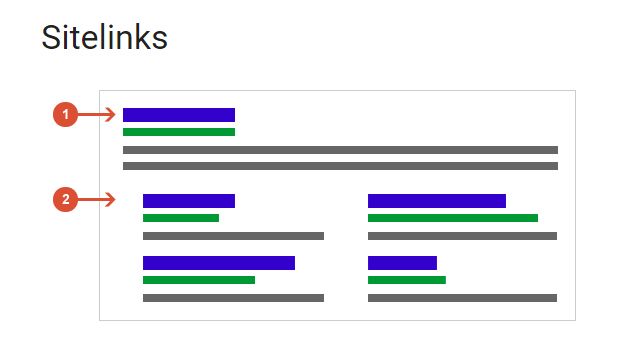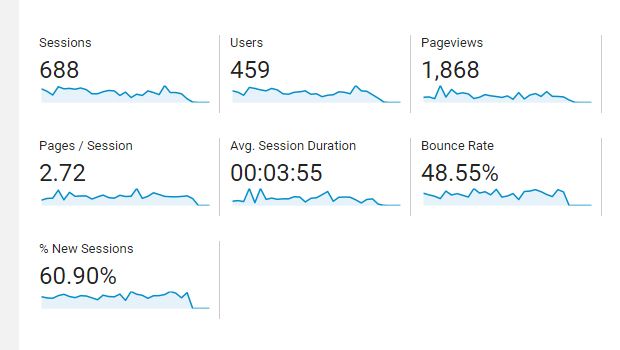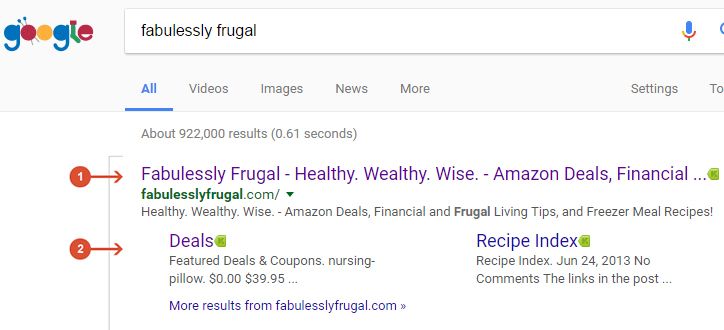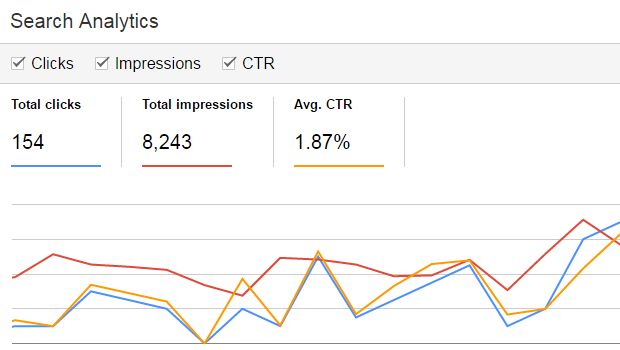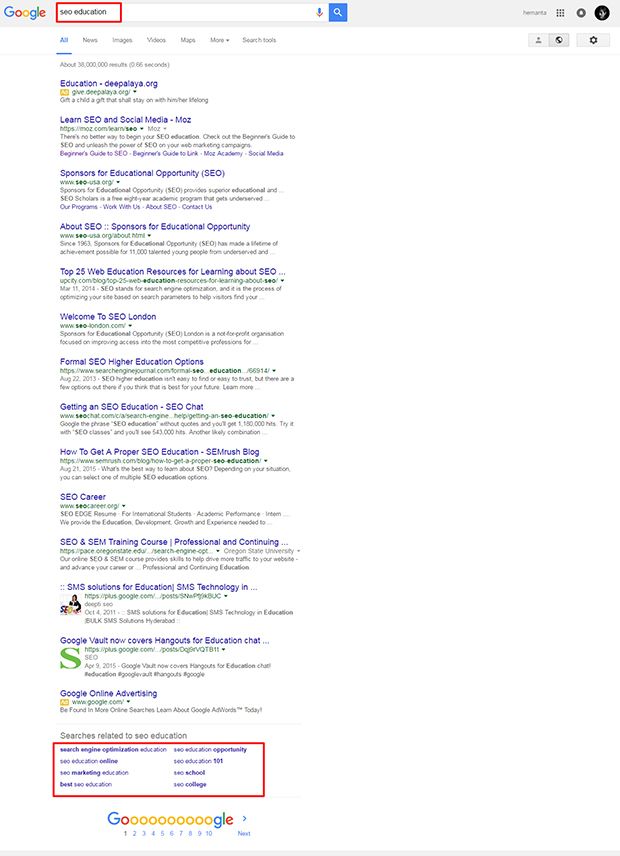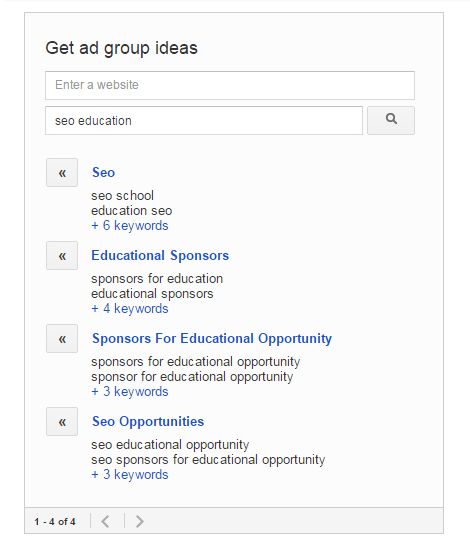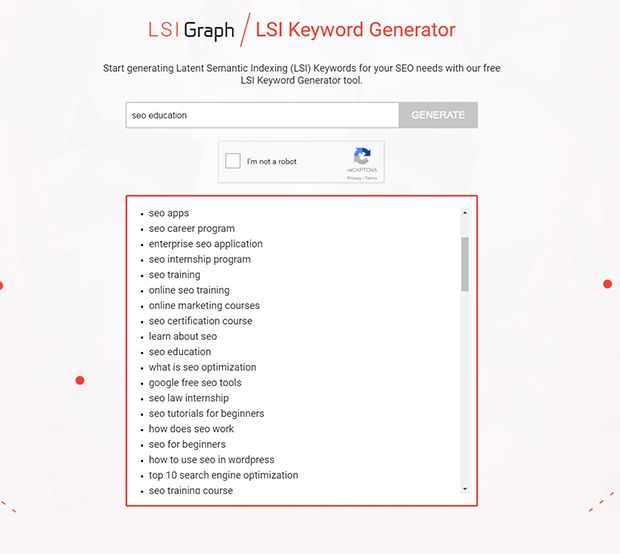One of the user experience killers that every marketers and SEO practitioners need to avoid is interstitials. Interstitial is a type of emerging ad format that is being displayed before users can continue to the information they are looking for on that page.
The interstitials are typically designed to pitch exactly at the transition point in the flow towards the information so that it can get the high click through rate (CTR) with or without the user interest. So it has been considered as the form of interruption marketing and should be avoided to improve user metrics.
According to the google guidelines and SEO practice history, the common goal of any marketing should be facilitating the user with the information they search for without disrupting the user experience. On the basis of that, Google has explained different types of interstitials that would be the cause of penalty in near future, including;
- Popup ads/images immediately after user landed on the pages coming from any channels
- Standalone interstitial that the user has to dismiss before continuing to the main content
- Application of interstitial on the above the fold portion of the page
However as Google always focus on user experience and correlated metrics to improve user behavior on the pages, the natural and organic approach of interstitials are still safe, including;
- Interstitial pop-up for cookie usage
- Standalone interstitial for age verification that is natural for the niche domain
- Application of interstitial banner that users a reasonable amount of screen space without over-pitching and scope to avoid it

Considering all the scopes and limitations discussed above, it is highly recommended to identify and follow the user trend and different metrics along with the application of interstitials as the overall performance of the website including ranking is highly correlated with user metrics and facilitating the user without any disruption in organic way should be the top priority of any marketing campaigns.
Happy Marketing 🙂

